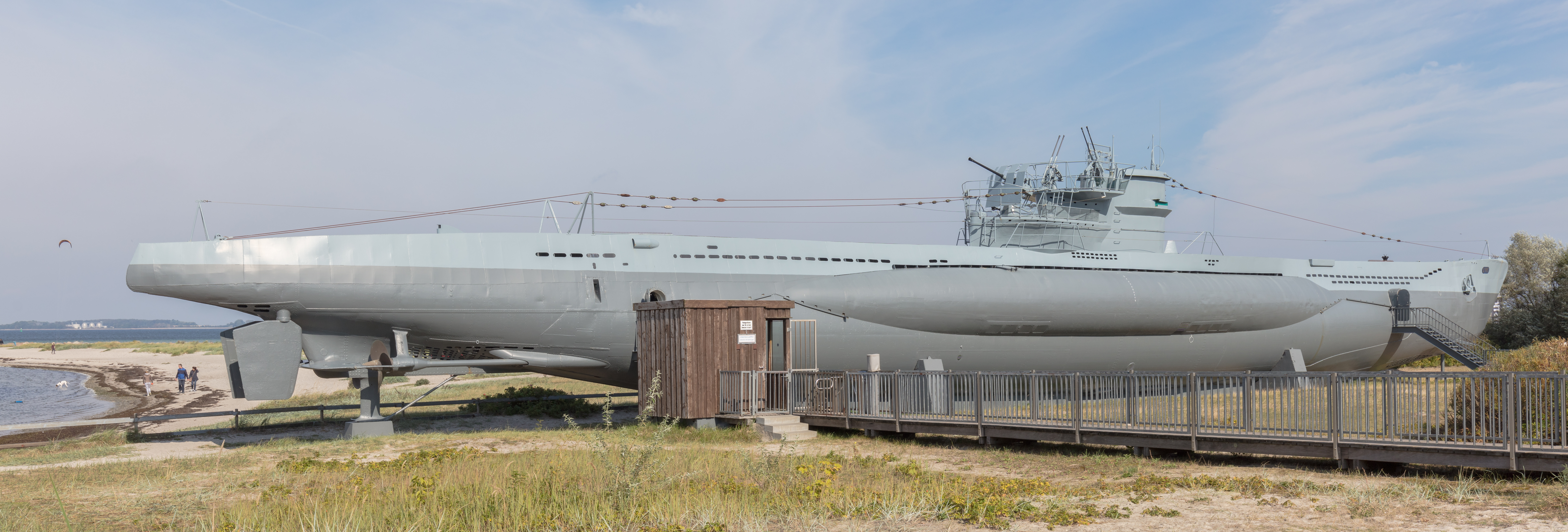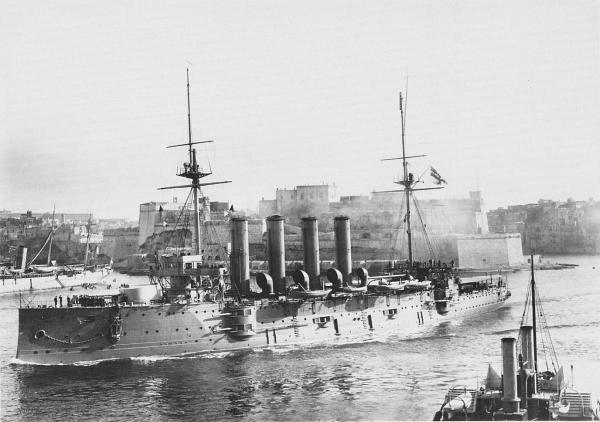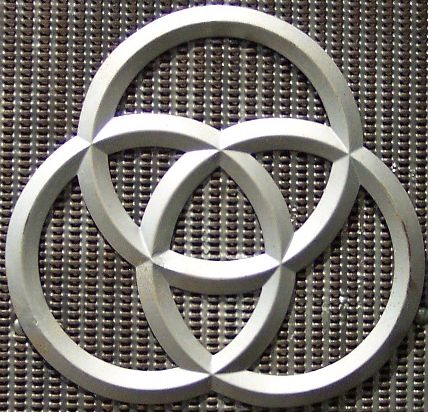|
U-boats Sunk By French Warships
U-boats were naval submarines operated by Germany, particularly in the First and Second World Wars. Although at times they were efficient fleet weapons against enemy naval warships, they were most effectively used in an economic warfare role ( commerce raiding) and enforcing a naval blockade against enemy shipping. The primary targets of the U-boat campaigns in both wars were the merchant convoys bringing supplies from Canada and other parts of the British Empire, and from the United States, to the United Kingdom and (during the Second World War) to the Soviet Union and the Allied territories in the Mediterranean. German submarines also destroyed Brazilian merchant ships during World War II, causing Brazil to declare war on both Germany and Italy on 22 August 1942. The term is an anglicised version of the German word ''U-Boot'' , a shortening of ''Unterseeboot'' ('under-sea-boat'), though the German term refers to any submarine. Austro-Hungarian Navy submarines were als ... [...More Info...] [...Related Items...] OR: [Wikipedia] [Google] [Baidu] |
U995 2001 1
German submarine ''U-995'' is a Type VIIC/41 U-boat of Nazi Germany's ''Kriegsmarine'' and the only one of its class still in existence. She was laid down on 25 November 1942 by Blohm & Voss in Hamburg, Germany, and commissioned on 16 September 1943 with ''Oberleutnant zur See'' Walter Köhntopp in command. She is preserved at Laboe Naval Memorial near Kiel. Design German Type VIIC/41 submarines were preceded by the heavier Type VIIC submarines. ''U-995'' had a displacement of when at the surface and while submerged. She had a total length of , a pressure hull length of , a beam of , a height of , and a draught of . The submarine was powered by two Germaniawerft F46 four-stroke, six-cylinder supercharged diesel engines producing a total of for use while surfaced, two Brown, Boveri & Cie GG UB 720/8 double-acting electric motors producing a total of for use while submerged. She had two shafts and two propellers. The boat was capable of operating at depths of up to . ... [...More Info...] [...Related Items...] OR: [Wikipedia] [Google] [Baidu] |
August Howaldt
August Ferdinand Howaldt (23 October 1809 – 4 August 1883) was a German engineer and ship builder. The German sculptor Georg Ferdinand Howaldt was his brother. Biography Born in Braunschweig, the son of the silversmith David Ferdinand Howaldt, with whom he got his first practice working in metal, Howaldt made an apprenticeship in Hamburg and became a ''practical mechanicus''. In 1838 he moved to Kiel, where he married Emma Diederichsen. In Kiel he founded together with the Kiel entrepreneur Johann Schweffel the "Maschinenbauanstalt Schweffel & Howaldt", a company initially building boilers for industry and the new railroad companies in between Hamburg and Kiel and agricultural machinery for the surrounding estates in Holstein. In 1849 Schweffel & Howaldt built its first steam engine for naval purposes for the ''Von der Tann'', a gunboat for the small navy of Schleswig-Holstein, and the ''Brandtaucher'', the first German incendiary diver or submarine designed by Wilhelm B ... [...More Info...] [...Related Items...] OR: [Wikipedia] [Google] [Baidu] |
Otto Weddigen
Otto Eduard Weddigen (15 September 1882 – 18 March 1915) was an Imperial German Navy U-boat commander during World War I. He was awarded the Pour le Mérite, Germany's highest honour, for sinking four British warships. Biography and career He was born in Herford, in the Prussian Province of Westphalia and started his military career in the ''Kaiserliche Marine'' in 1901. In 1910 he was given command of one of the first German submarines, . In the action of 22 September 1914, while patrolling in the region of the southern North Sea known to the British as the " Broad Fourteens", ''U-9'' intercepted the three warships of the Seventh Cruiser Squadron. Weddigen fired off all six of his torpedoes, reloaded while submerged, and in less than an hour sank the three British armoured cruisers HMS ''Aboukir'', HMS ''Hogue'' and HMS ''Cressy''. Sixty two officers and 1,397 other men were killed, leaving 837 survivors. Weddigen was awarded the Iron Cross, second and first cl ... [...More Info...] [...Related Items...] OR: [Wikipedia] [Google] [Baidu] |
Action Of 22 September 1914
The Action of 22 September 1914 was an attack by the German U-boat that took place during the First World War. Three obsolete Royal Navy cruisers, of the 7th Cruiser Squadron, manned mainly by Royal Naval Reserve part-time reservists and sometimes referred to as the Live Bait Squadron, were sunk by ''U-9'' while patrolling the southern North Sea. Neutral ships and trawlers nearby began to rescue survivors but 1,459 British sailors were killed. There was a public outcry in Britain at the losses. The sinkings eroded confidence in the British government and damaged the reputation of the Royal Navy, when many countries were still unsure about taking sides in the war. Background The cruisers were part of the Southern Force (Rear-Admiral Arthur Christian) composed of the flagship , the light cruiser and the 7th Cruiser Squadron (7th CS, also known as Cruiser Squadron C, Rear-Admiral H. H. Campbell, nicknamed the ''live-bait squadron''), comprising the armoured cruisers , , , and ... [...More Info...] [...Related Items...] OR: [Wikipedia] [Google] [Baidu] |
Deutsches Museum
The Deutsches Museum (''German Museum'', officially (English: ''German Museum of Masterpieces of Science and Technology'')) in Munich, Germany, is the world's largest museum of science and technology, with about 28,000 exhibited objects from 50 fields of science and technology. It receives about 1.5 million visitors per year. The museum was founded on 28 June 1903, at a meeting of the Association of German Engineers (VDI) as an initiative of Oskar von Miller. It is the largest museum in Munich. For a period of time the museum was also used to host pop and rock concerts including The Who, Jimi Hendrix and Elton John. Museumsinsel The main site of the Deutsches Museum is a small island in the Isar river, which had been used for rafting wood since the Middle Ages. The island did not have any buildings before 1772 because it was regularly flooded prior to the building of the Sylvensteinspeicher. In 1772 the Isar barracks were built on the island and, after the flooding of ... [...More Info...] [...Related Items...] OR: [Wikipedia] [Google] [Baidu] |
Diesel Engine
The diesel engine, named after Rudolf Diesel, is an internal combustion engine in which ignition of the fuel is caused by the elevated temperature of the air in the cylinder due to mechanical compression; thus, the diesel engine is a so-called compression-ignition engine (CI engine). This contrasts with engines using spark plug-ignition of the air-fuel mixture, such as a petrol engine (gasoline engine) or a gas engine (using a gaseous fuel like natural gas or liquefied petroleum gas). Diesel engines work by compressing only air, or air plus residual combustion gases from the exhaust (known as exhaust gas recirculation (EGR)). Air is inducted into the chamber during the intake stroke, and compressed during the compression stroke. This increases the air temperature inside the cylinder to such a high degree that atomised diesel fuel injected into the combustion chamber ignites. With the fuel being injected into the air just before combustion, the dispersion of the fuel is une ... [...More Info...] [...Related Items...] OR: [Wikipedia] [Google] [Baidu] |
Kerosene
Kerosene, paraffin, or lamp oil is a combustible hydrocarbon liquid which is derived from petroleum. It is widely used as a fuel in aviation as well as households. Its name derives from el, κηρός (''keros'') meaning "wax", and was registered as a trademark by Canadian geologist and inventor Abraham Gesner in 1854 before evolving into a generic trademark. It is sometimes spelled kerosine in scientific and industrial usage. The term kerosene is common in much of Argentina, Australia, Canada, India, New Zealand, Nigeria, and the United States, while the term paraffin (or a closely related variant) is used in Chile, eastern Africa, South Africa, Norway, and in the United Kingdom. The term lamp oil, or the equivalent in the local languages, is common in the majority of Asia and the Southeastern United States. Liquid paraffin (called mineral oil in the US) is a more viscous and highly refined product which is used as a laxative. Paraffin wax is a waxy solid extracted from pet ... [...More Info...] [...Related Items...] OR: [Wikipedia] [Google] [Baidu] |
Körting Hannover
Körting Hannover AG (previously Körting Brothers AG) is a long-standing industrial engineering company in Hanover. At the end of the 19th and beginning of the 20th century, the company played a leading role in the development of steam injectors in Germany and Europe. Körting still produces pump and pump-based vacuum technology, but also industrial burners and machinery related to thermal and chemical purification/transformation processes. History The Körting Brothers company was founded in Hanover on 1 November 1871 by the brothers Berthold and Ernst Körting. The brothers rented a small office and small space in the backyard of the present day 13 Joachimstrasse near Hanover Central Station. Berthold took charge of the commercial side, while Ernst specialized in the technical side. The brothers started successfully with the development and patenting of one of the first functioning injectors. In the beginning, only two workmen were employed. Due to the ever-increasing ord ... [...More Info...] [...Related Items...] OR: [Wikipedia] [Google] [Baidu] |
Imperial German Navy
The Imperial German Navy or the Imperial Navy () was the navy of the German Empire, which existed between 1871 and 1919. It grew out of the small Prussian Navy (from 1867 the North German Federal Navy), which was mainly for coast defence. Wilhelm II, German Emperor, Kaiser Wilhelm II greatly expanded the navy. The key leader was Admiral Alfred von Tirpitz, who greatly expanded the size and quality of the navy, while adopting the sea power theories of American strategist Alfred Thayer Mahan. The result was a Anglo-German naval arms race, naval arms race with Britain, as the German navy grew to become one of the greatest maritime forces in the world, second only to the Royal Navy. The German surface navy proved ineffective during the First World War; its only major engagement, the Battle of Jutland, was a draw, but it kept the surface fleet largely in port for the rest of the war. The submarine fleet was greatly expanded and threatened the British supply system during the Atlantic ... [...More Info...] [...Related Items...] OR: [Wikipedia] [Google] [Baidu] |
Russo-Japanese War
The Russo-Japanese War ( ja, 日露戦争, Nichiro sensō, Japanese-Russian War; russian: Ру́сско-япóнская войнá, Rússko-yapónskaya voyná) was fought between the Empire of Japan and the Russian Empire during 1904 and 1905 over rival imperial ambitions in Manchuria and the Korean Empire. The major theatres of military operations were located in Liaodong Peninsula and Mukden in Southern Manchuria, and the Yellow Sea and the Sea of Japan. Russia sought a warm-water port on the Pacific Ocean both for its navy and for maritime trade. Vladivostok remained ice-free and operational only during the summer; Port Arthur, a naval base in Liaodong Province leased to Russia by the Qing dynasty of China from 1897, was operational year round. Russia had pursued an expansionist policy east of the Urals, in Siberia and the Far East, since the reign of Ivan the Terrible in the 16th century. Since the end of the First Sino-Japanese War in 1895, Japan had feared Russian en ... [...More Info...] [...Related Items...] OR: [Wikipedia] [Google] [Baidu] |
Krupp
The Krupp family (see pronunciation), a prominent 400-year-old German dynasty from Essen, is notable for its production of steel, artillery, ammunition and other armaments. The family business, known as Friedrich Krupp AG (Friedrich Krupp AG Hoesch-Krupp after acquiring Hoesch AG in 1991 and lasting until 1999), was the largest company in Europe at the beginning of the 20th century, and was the premier weapons manufacturer for Germany in both world wars. Starting from the Thirty Years' War until the end of the Second World War, it produced battleships, U-boats, tanks, howitzers, guns, utilities, and hundreds of other commodities. The dynasty began in 1587 when trader Arndt Krupp moved to Essen and joined the merchants' guild. He bought and sold real estate, and became one of the city's richest men. His descendants produced small guns during the Thirty Years' War and eventually acquired fulling mills, coal mines and an iron forge. During the Napoleonic Wars, Friedrich Kr ... [...More Info...] [...Related Items...] OR: [Wikipedia] [Google] [Baidu] |
Russian Submarine Forel
''Forel'' (russian: Форель, german: Forelle - Trout) was a midget submarine designed by and built by Krupp in Kiel, Germany. The design was an experimental design built as a private venture by Krupp in hopes of attracting a contract from the Imperial German Navy. Although the design proved moderately successful, the submarine did not attract German naval attention. She was purchased by the Imperial Russian Navy (IRN) in 1904 and served with the IRN until she was lost in a diving accident in 1910. She had the distinction of being the first submarine to have been built in Germany, preceding . ''Forel'' was succeeded in service by the ''Krab'' class (one ship). Design ''Forelle'' was a single-hull boat designed with internal ballast and compensating tanks. She had fixed angled aft planes, and movable forward units for dive control. This boat had to be carried into action on board a surface ship and launched close to its target, as she was not fitted with a separate surface prop ... [...More Info...] [...Related Items...] OR: [Wikipedia] [Google] [Baidu] |


.jpg)






